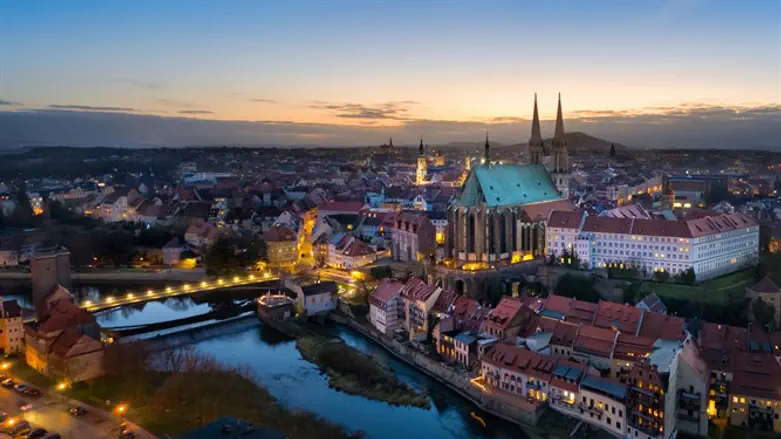
A German man doing renovations on a farm house discovered a stash of Nazi items that had been hidden for 76 years, reported Gentside.
The first thing item Sebastian Yurtseven discovered while doing repairs on his aunt’s house in the German town of Hagen was a newspaper from 1945. The house had undergone water damage from severe flooding in mid-July.
While peering behind loose plasterboard, he discovered a small bricked in cache that contained not only the 76-year old newspaper, but also letters, documents, a photo of Adolf Hitler, Nazi-era gas masks, brass knuckles, a handgun, and multiple other items fearing a swastika and the Nazi eagle emblem.
Yurtseven told German media that the house was bought in the 1960s by his aunt and his family was not aware of the hidden items. The find has been dubbed a “Nazi time capsule.”
Upon investigation by the Hagen City Archives and Museum, who examined the items, it turned out that during the Nazi era, the house had been the office of the National Socialist People's Relief (NSV), a Nazi social welfare organization begun in 1931.
NSV, following Nazi protocols, only gave aid to those deemed “racially pure” and in good health. NSV, at one point had as many as 17 million members. It was shut down after Germany surrendered to the Allies and a law was passed making the Nazi party and all its related organizations illegal.
It is thought that the items found in the house were hidden there when American troops landed in the area in April 1945.
“The finder is a high school history teacher, so he knew about the legal requirements when discovering such findings, which are very important for scientific reasons,” said the Hagen City Archives and Museum in a statement.
The documents will allow historians to gain new information about an organization whose activities are little known.
For instance, it is thought that the NSV distributed stolen Jewish furniture to its clients, as well as other items confiscated from Jewish homes.
The cache of items will be examined by experts from the Hagen archives as well as archaeologists from the Westphalia-Lippe region. They also hope to place the items in an upcoming exhibit in the Hagen city museum.
